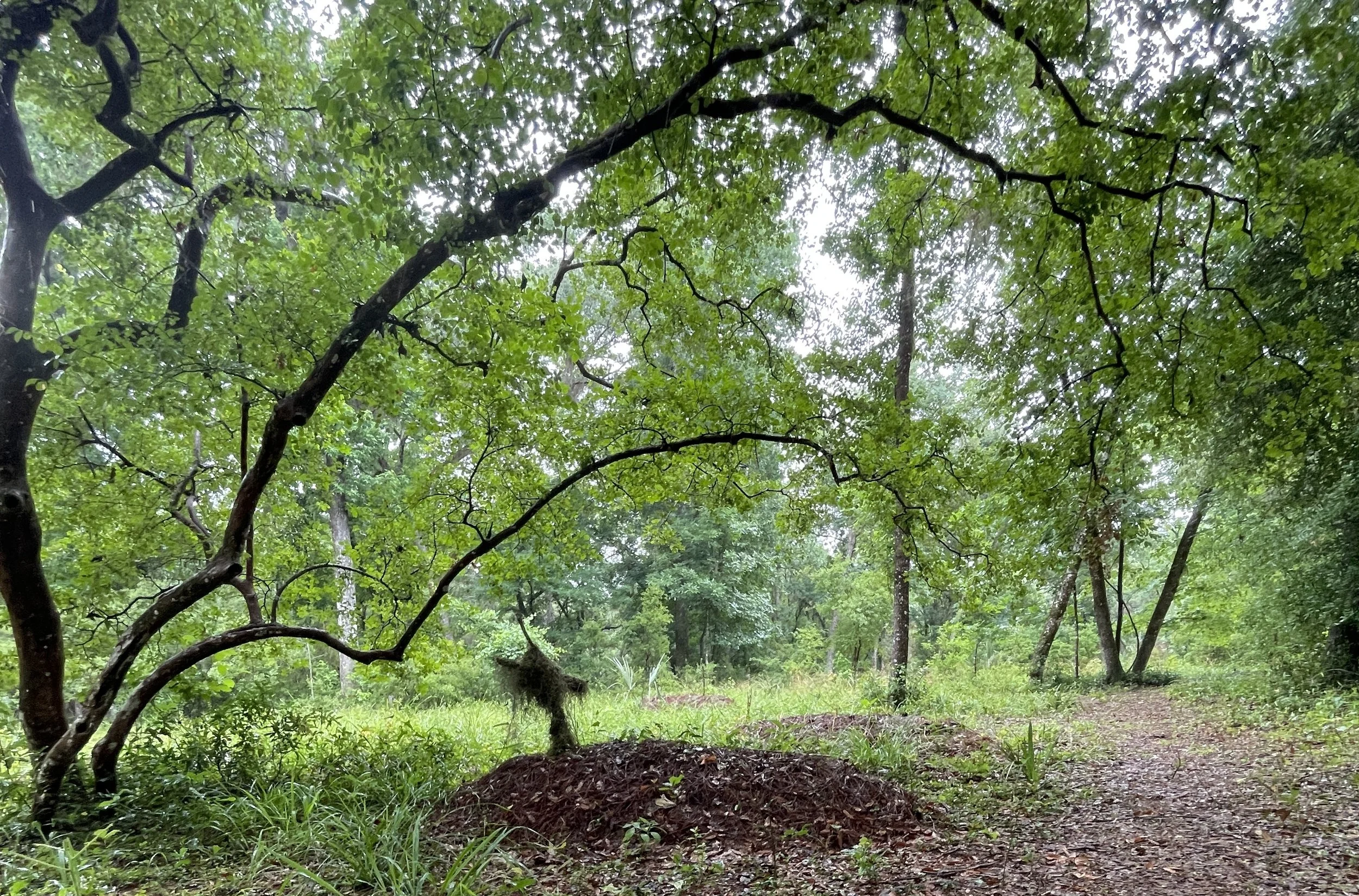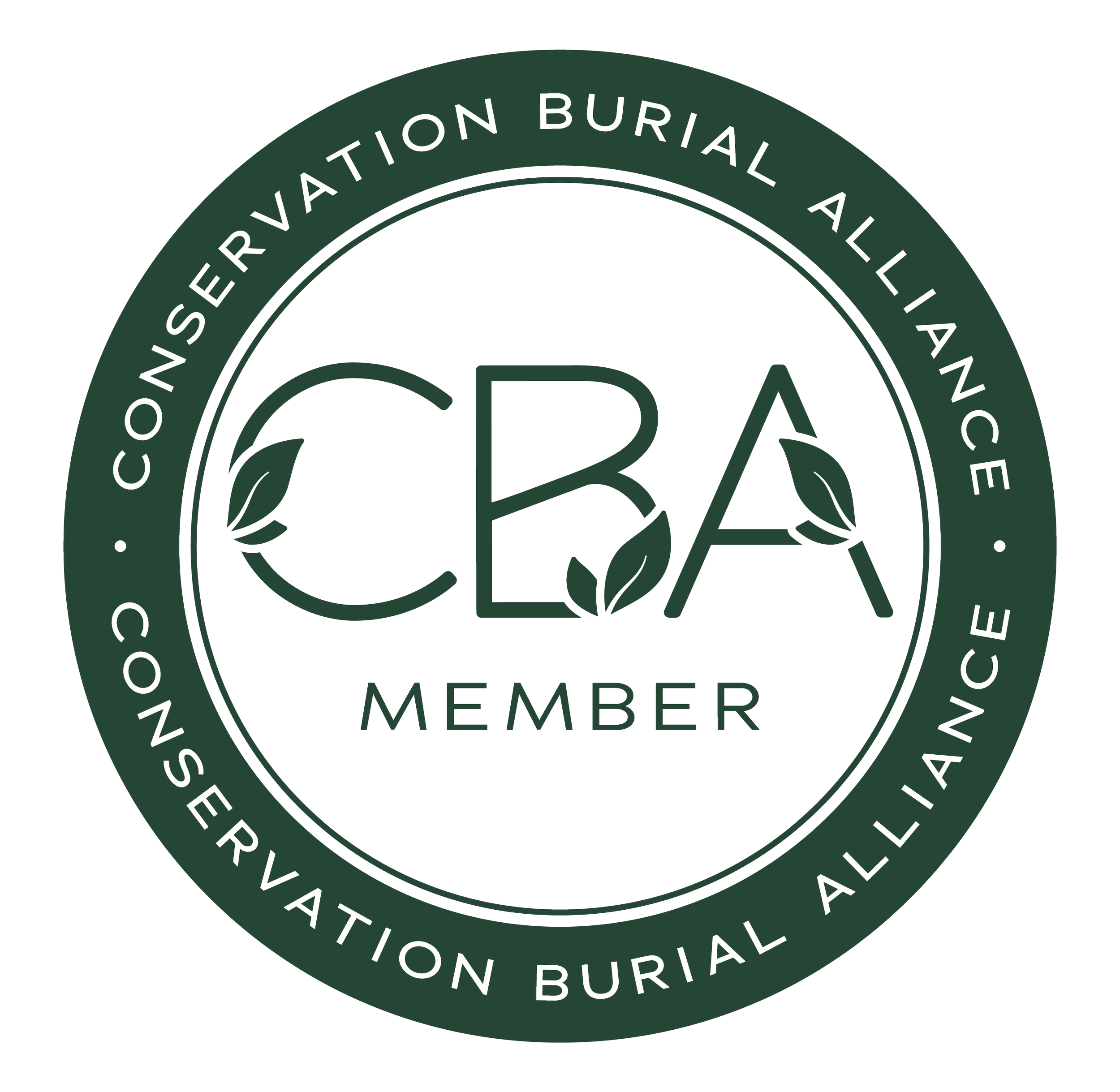The Natural Burial community arises in part as a response to the enormous environmentally destructive footprint of wide-scale contemporary funerary practices. As such, it can be useful to reconnect with the raw figures of those practices as a way to invigorate our daily efforts as a conservation cemetery, and as a local hub of the Natural Burial community. According to the Green Burial Council, each year the funerary industry in the United States uses approximately . . .
64,500 tons of steel
1.6 million tons of concrete
17,000 tons of copper and bronze
20 million board feet of hardwoods, many of which are rainforest wood
4.3 million gallons of embalming fluid
It is as though the American people are building several full-size baseball stadiums each year, filling them up with a toxic chemical soup, and burying them in our back yards, where they will damage the soil and poison the water effectively forever.
In response to these conditions, more and more people are gravitating toward cremation, which offers an alternative to the high-cost, high-impact standard of conventional burial. Most people who choose cremation are motivated by the comparatively small price tag in comparison to the mounting costs of embalming, caskets, headstones, and vaults. As a result, it is estimated that by 2035, cremation will account for as much as 80% of all dispositions in the US. Comparatively, in 1980, the cremation rate in the US was approximately 10%.
Cremation does offer a viable alternative to more pricey burial options, but it still has a number of harmful ecological impacts; releasing carbon dioxide and other pollutants into the atmosphere and requiring significant energy for the process.
As such, there is a simple and fairly intuitive case to be made that there is no greater ecological choice for end-of-life care than a simple, shrouded, full-body burial in a local nature preserve. For this reason, we have always sought to make full-body burial equally cost effective for families who might otherwise be precluded from a body burial due to their usually high cost.
A typical body burial at a conventional cemetery might cost as much as $8,000-$10,000. However, by keeping our burial costs low, we try to ensure that families who would prefer a body burial will not be ineligible due to prohibitive cost, and families who choose cremation are able to do so, not because they are forced into it through economic pressure, but because it is the choice that best suits their preferences. That is, in essence, what the natural burial movement is all about, providing access to a burial choice that best suits one’s values, and not merely one’s financial constraints.
By Kevin Moran, PCCC Operations Coordinator







